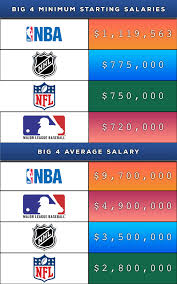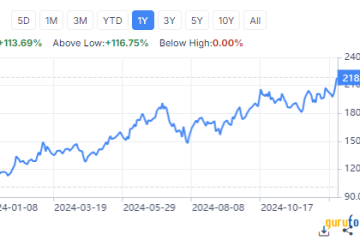Understanding the NHL Salary Cap and Its Impact in 2023

Introduction
The NHL salary cap plays a crucial role in maintaining competitive balance among teams, ensuring that no single franchise can monopolize talent by outspending others. As the National Hockey League (NHL) approaches the 2023 season, recent adjustments to the salary cap have become a hot topic among fans, players, and analysts alike. This year, the cap is set to rise, providing teams with new opportunities and challenges in roster management and player acquisitions.
Current State of the NHL Salary Cap
As of the 2023-2024 season, the NHL salary cap is projected to increase to $83.5 million, up from $82.5 million in the previous year. This increment is largely attributed to the league’s recovery from financial losses during the COVID-19 pandemic, as well as new broadcasting agreements which have resulted in increased revenue. The rise in the salary cap not only allows teams more flexibility to sign higher-paid players but also encourages teams to be strategic in their spending to maximize on-ice performance.
Impact on Teams
The increase in the salary cap has immediate implications for many teams, particularly those operating near the previous cap limit. For franchises that have restrained their spending over the previous seasons, the new cap provides an opportunity to elevate their roster’s talent level. For instance, contending teams might pursue high-profile free agents, while others, looking to rebuild, may leverage their financial flexibility to acquire young prospects.
However, the increase also intensifies the importance of cap management among all franchises. Miscalculations in player contracts could lead to future restrictions and long-term financial strain. Teams must carefully analyze their spending to ensure they remain competitive while adhering to the salary cap.
Fan Reactions and Community Impact
Fans have shown a mix of excitement and apprehension regarding the implications of the salary cap increase. Many are thrilled about the potential for their teams to pursue prominent players, which could lead to stronger performances in the upcoming season. However, there is also a concern that this financial flexibility may lead to an uneven playing field, particularly for smaller market teams that might struggle to keep pace with wealthier franchises.
Conclusion
The NHL salary cap is a vital factor influencing the dynamics of the league. With the changes set for 2023, teams face both exciting opportunities and significant challenges. As franchises adapt their strategies in response to this financial shift, fans will be eager to see how these decisions will impact the season ahead. The balance struck between spending and competition will determine the future landscape of the NHL and its ability to sustain its thrilling brand of hockey.









